The Splendid Fairy Wren (Malurus splendens) is a small, vibrant bird native to Australia, captivating birdwatchers and nature enthusiasts with its striking plumage and delightful behaviors. Renowned for its vivid blue and black feathers, the Splendid Fairy Wren is a true gem of the avian world. In this article, we will explore the enchanting world of the Splendid Fairy Wren, uncovering its appearance, habitat, behavior, and the importance of conserving this remarkable species.
Splendid Fairy Wren images
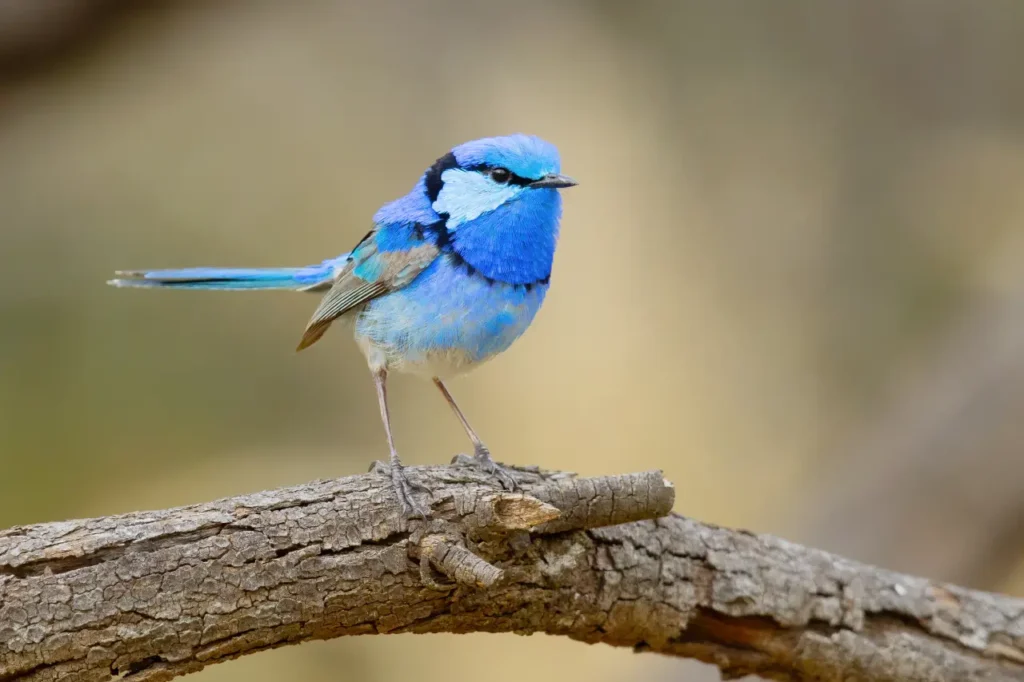
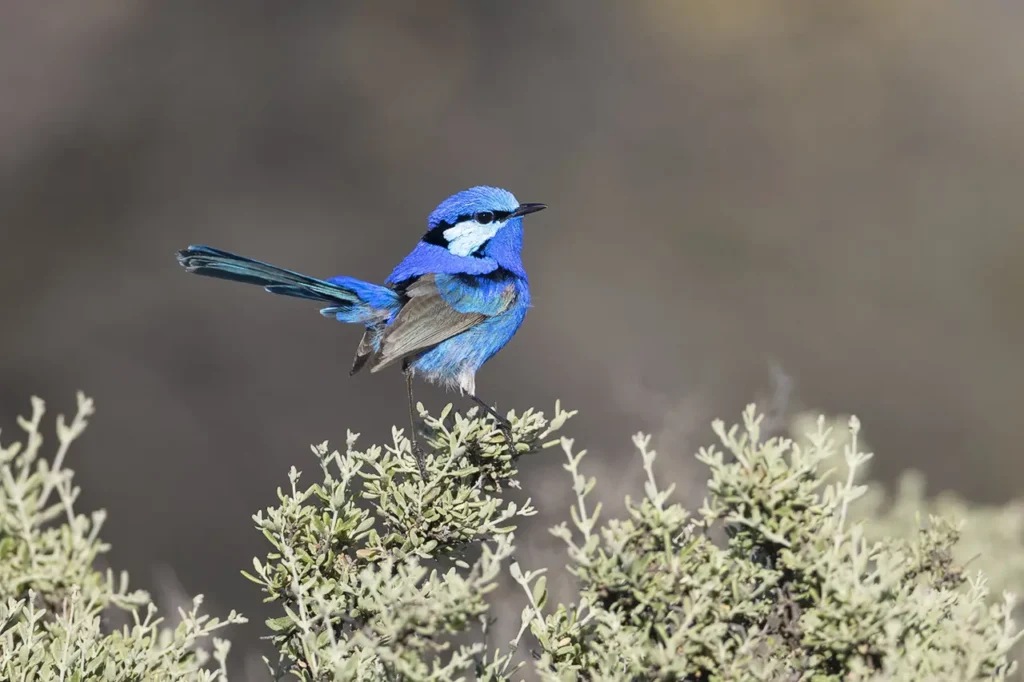
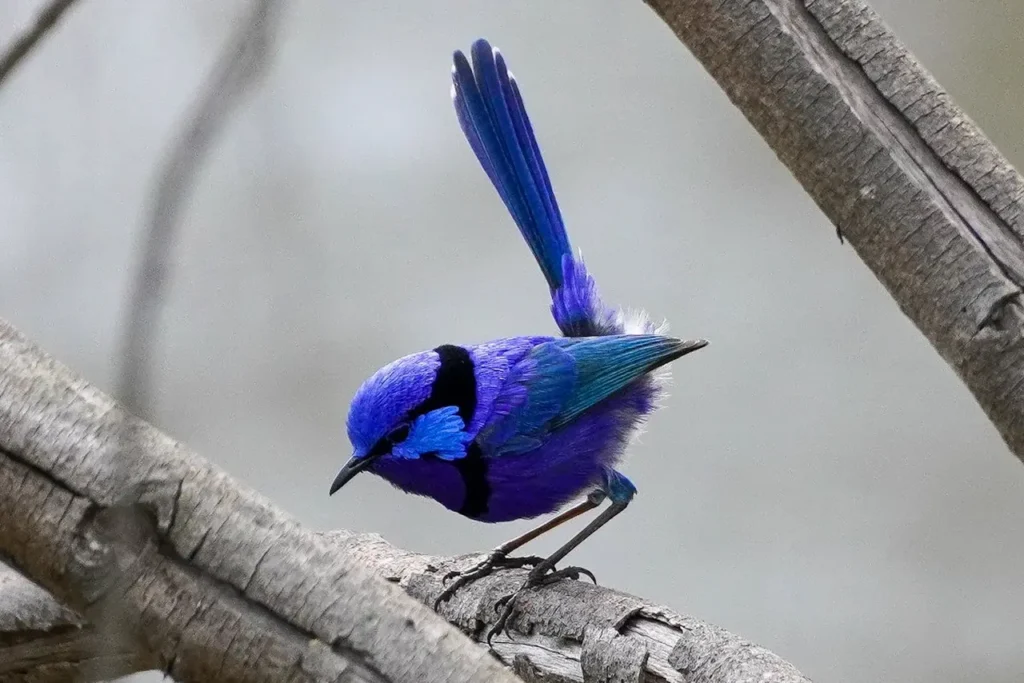
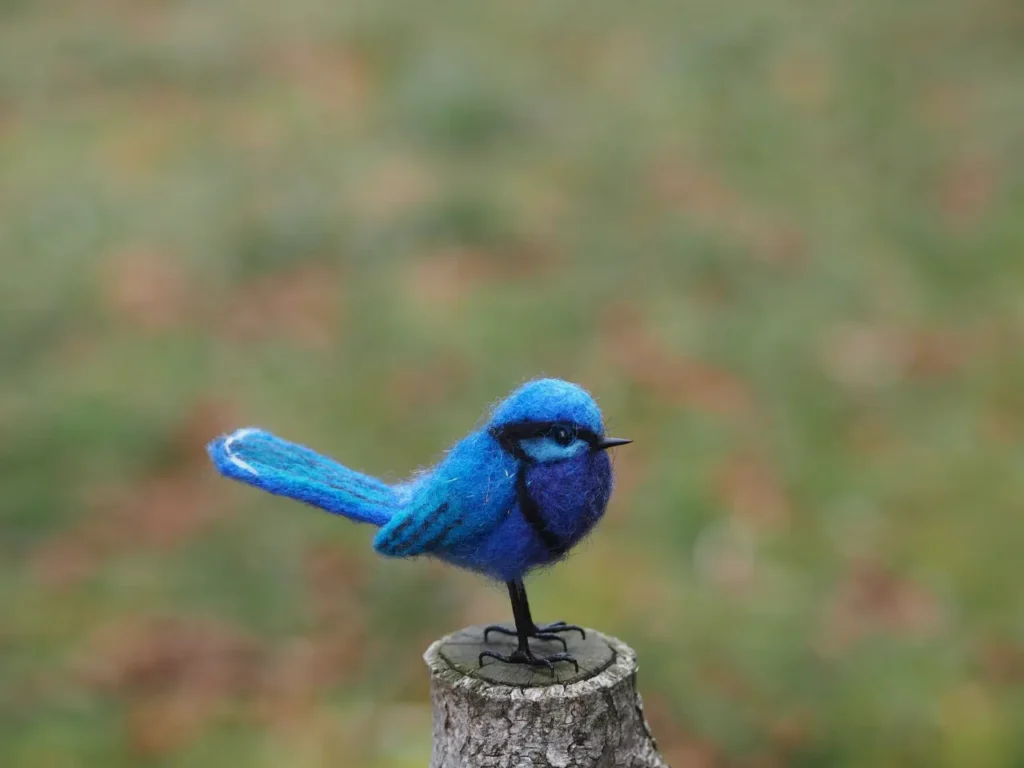
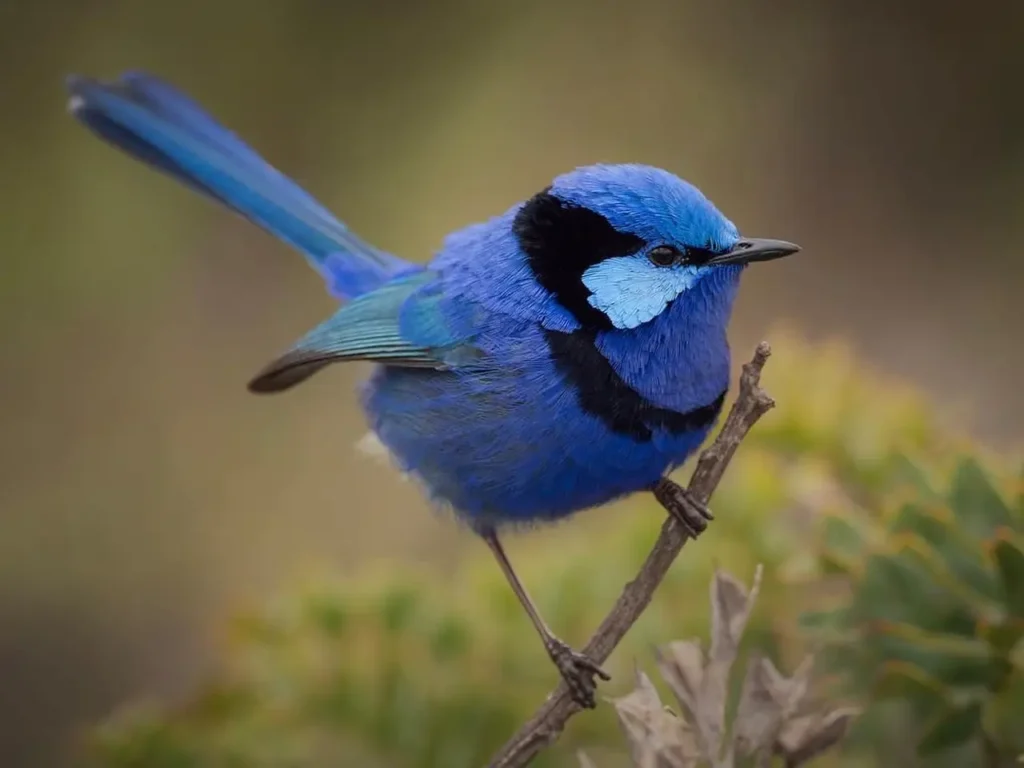
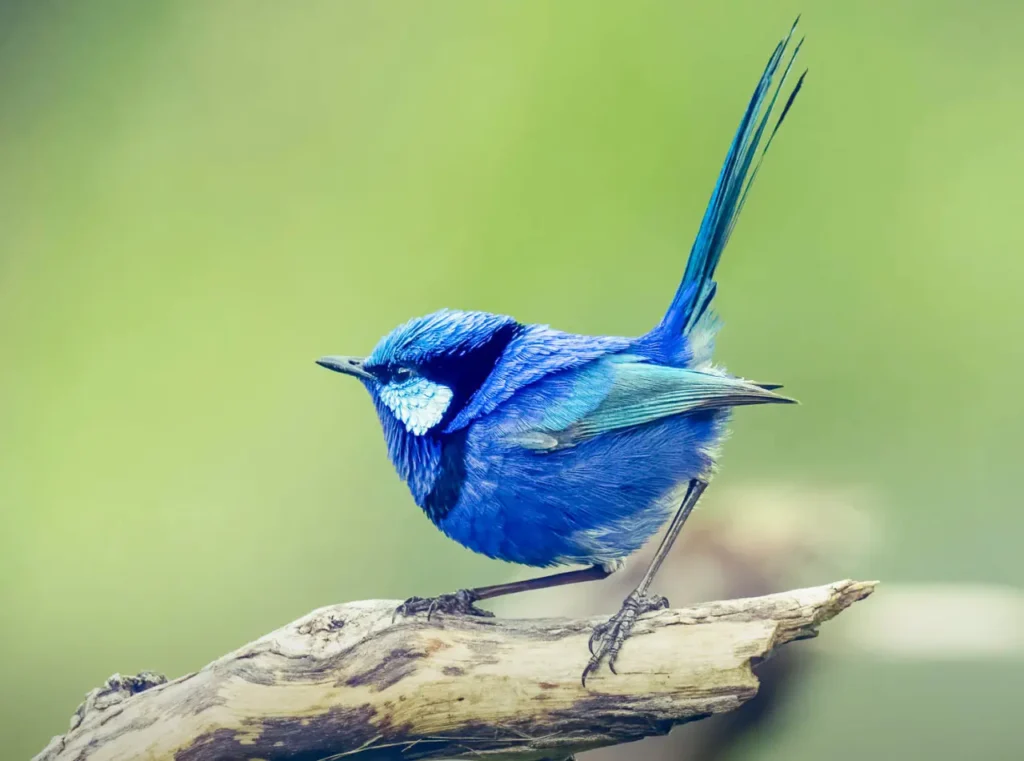
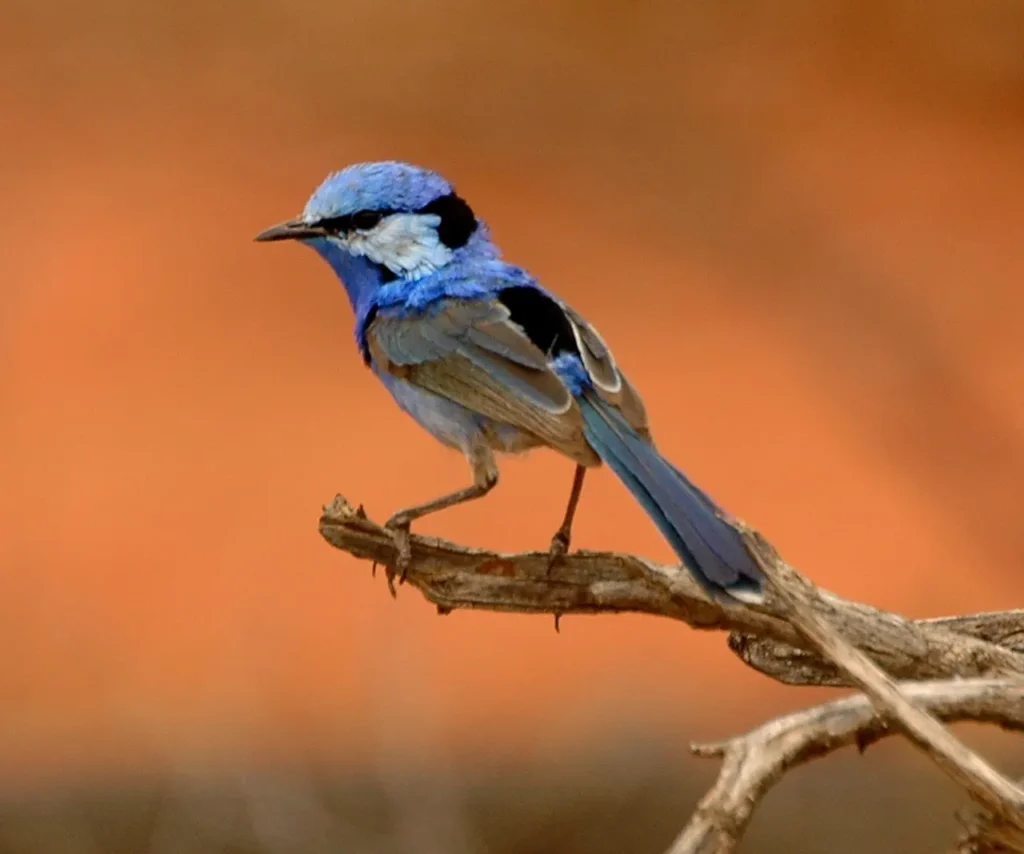
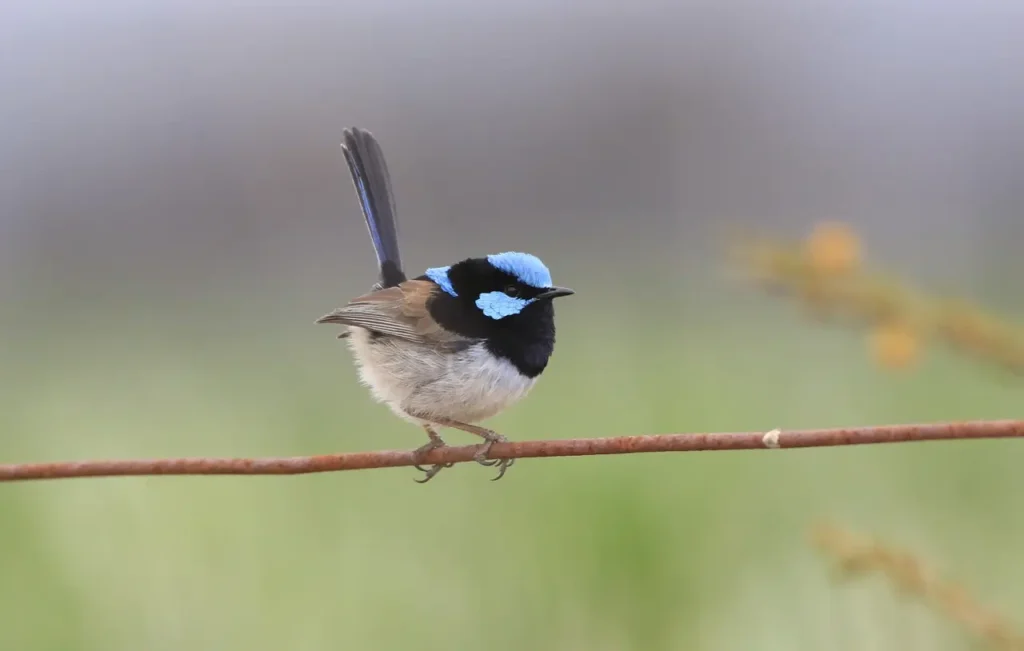
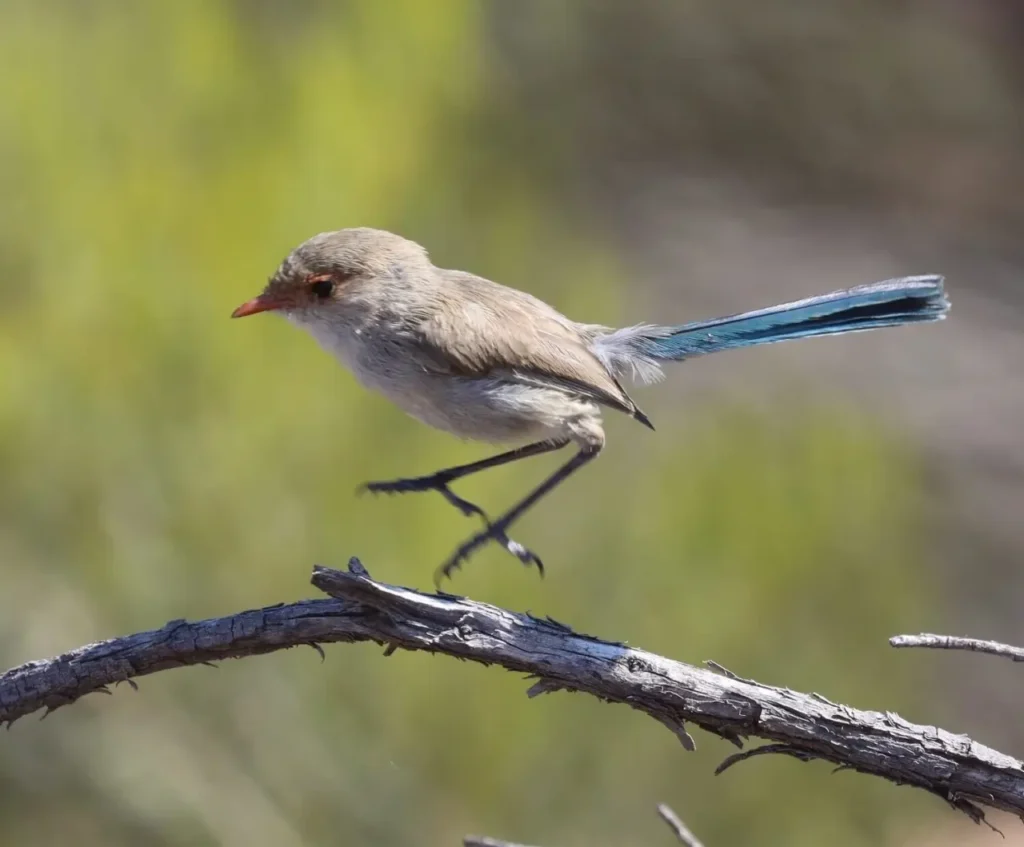
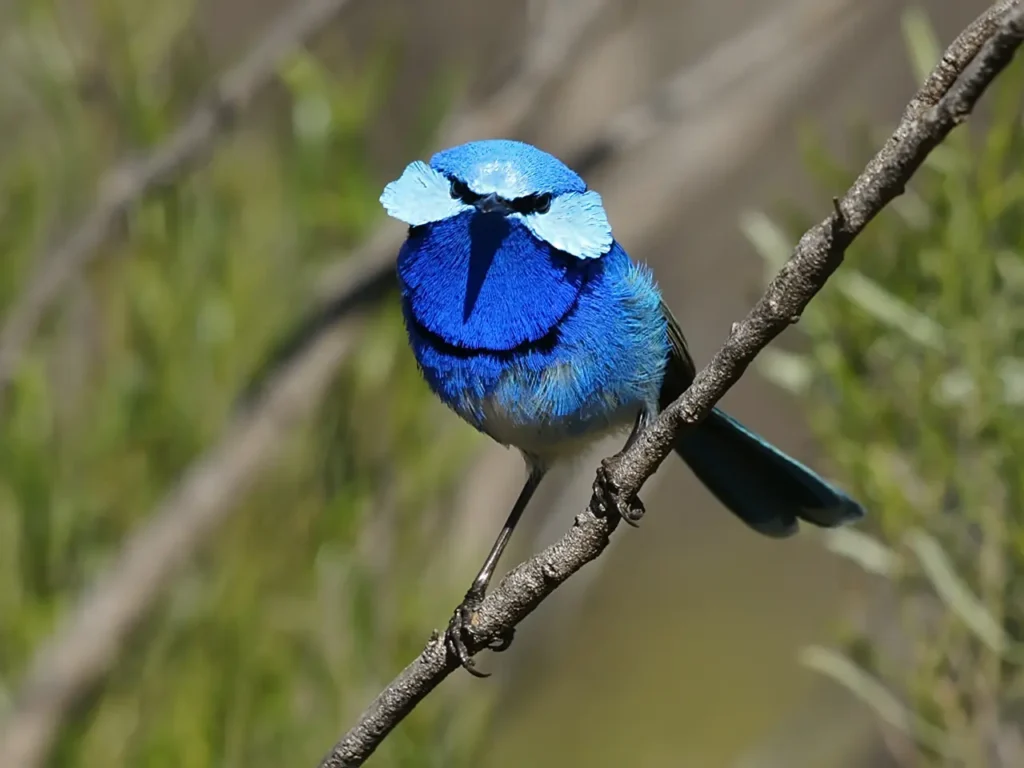
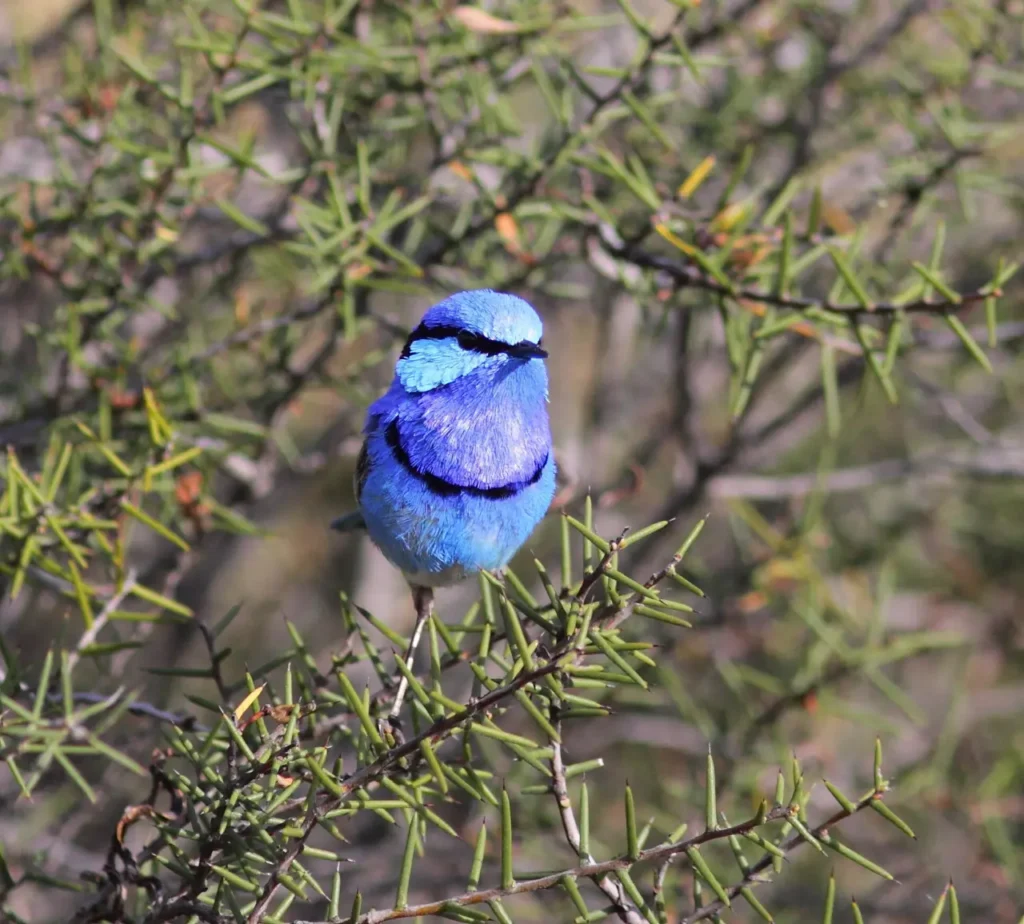
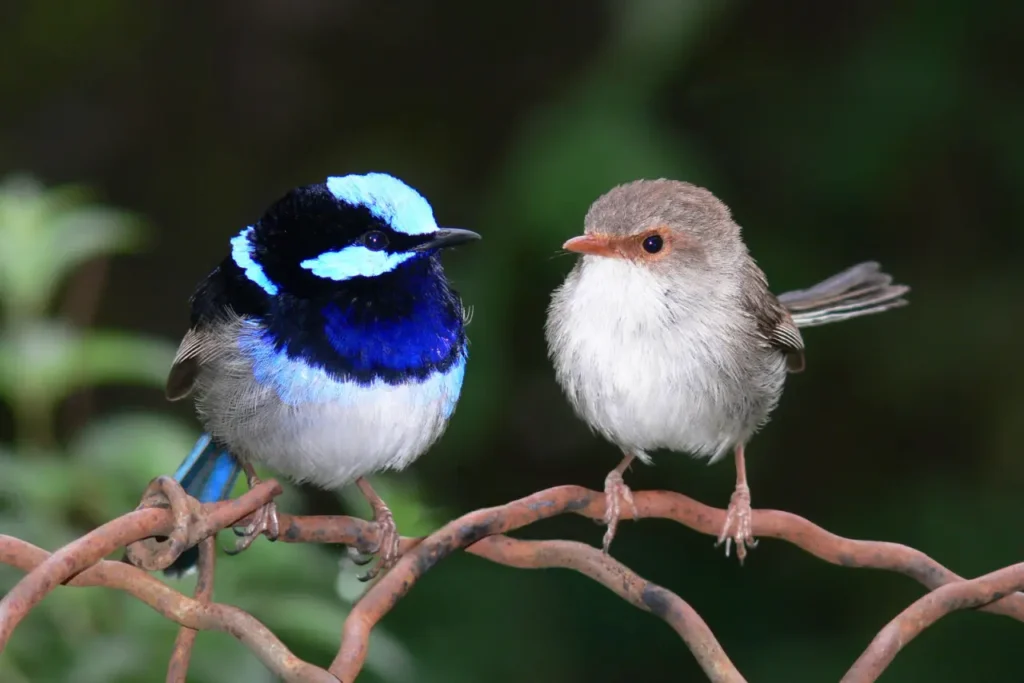
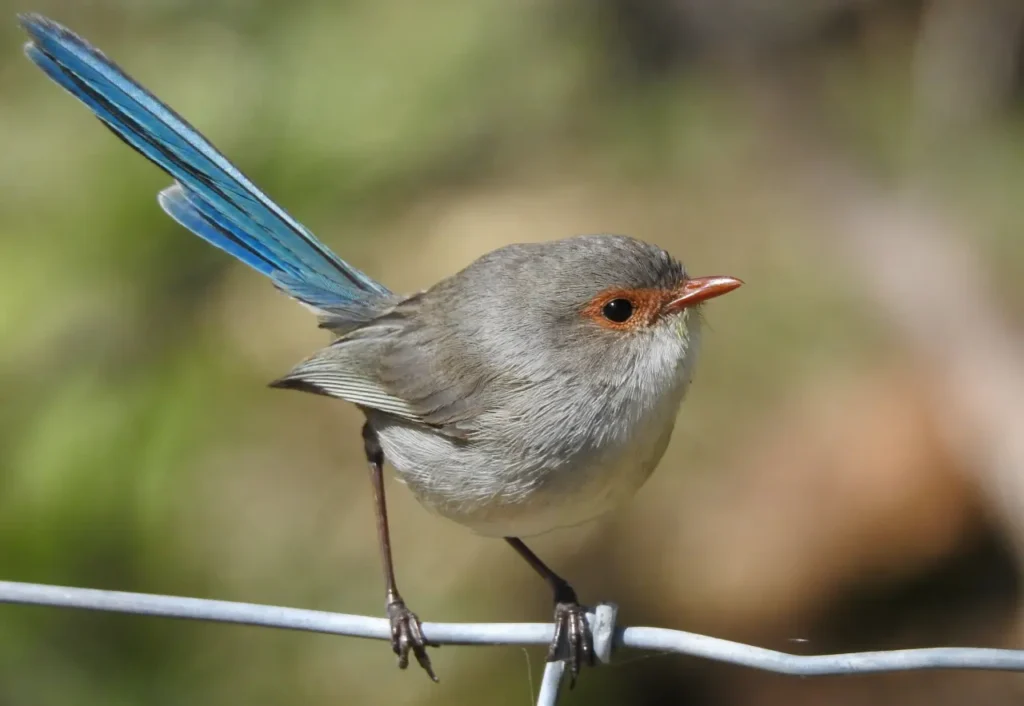
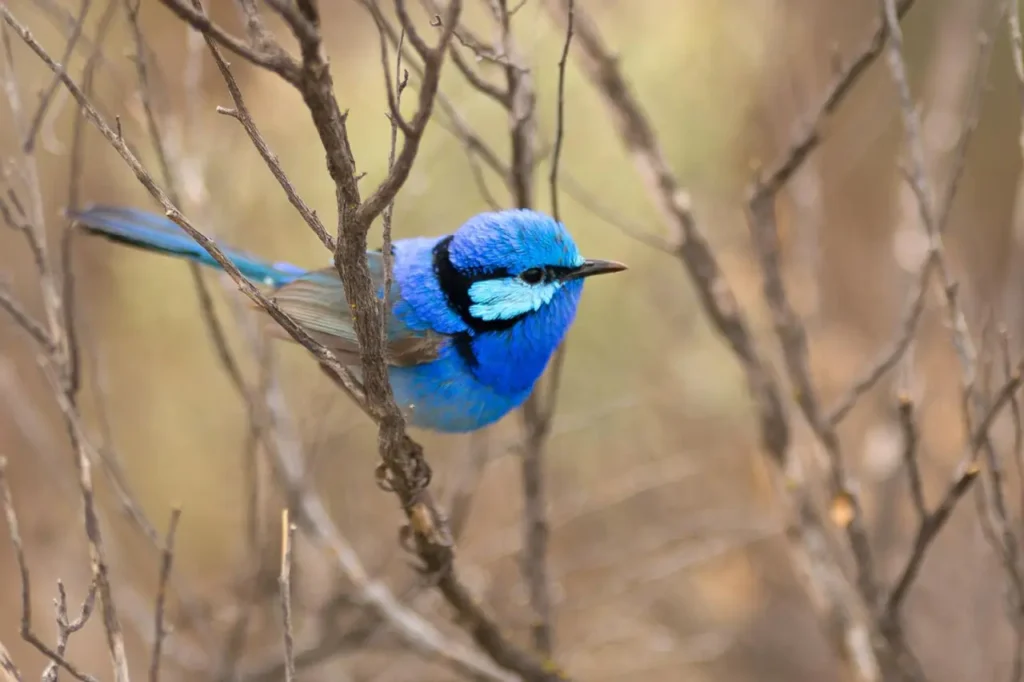
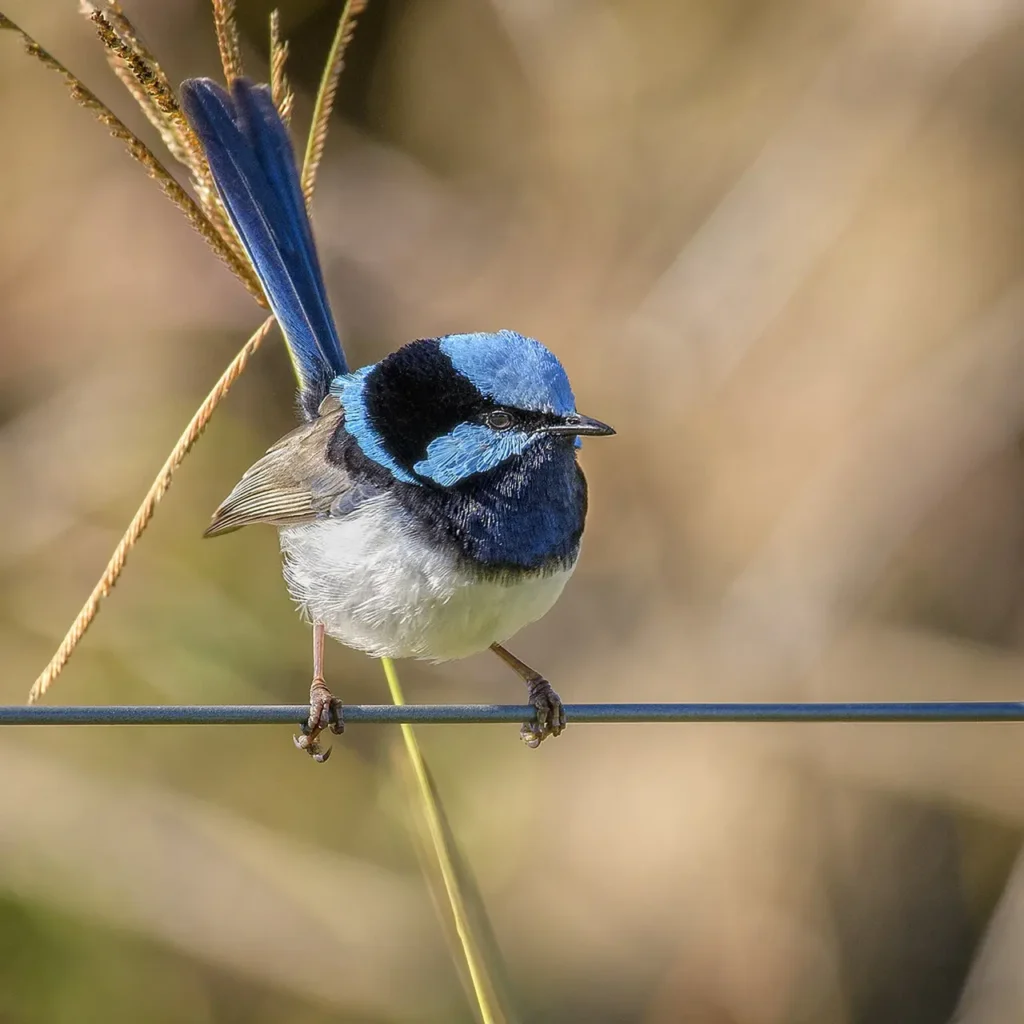
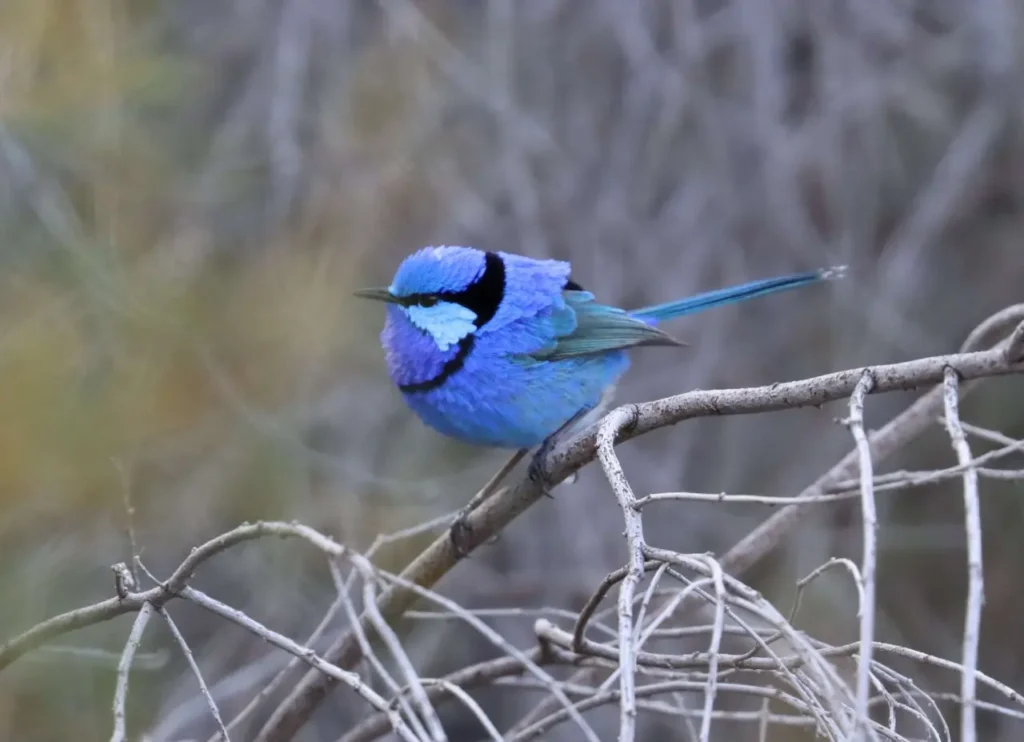
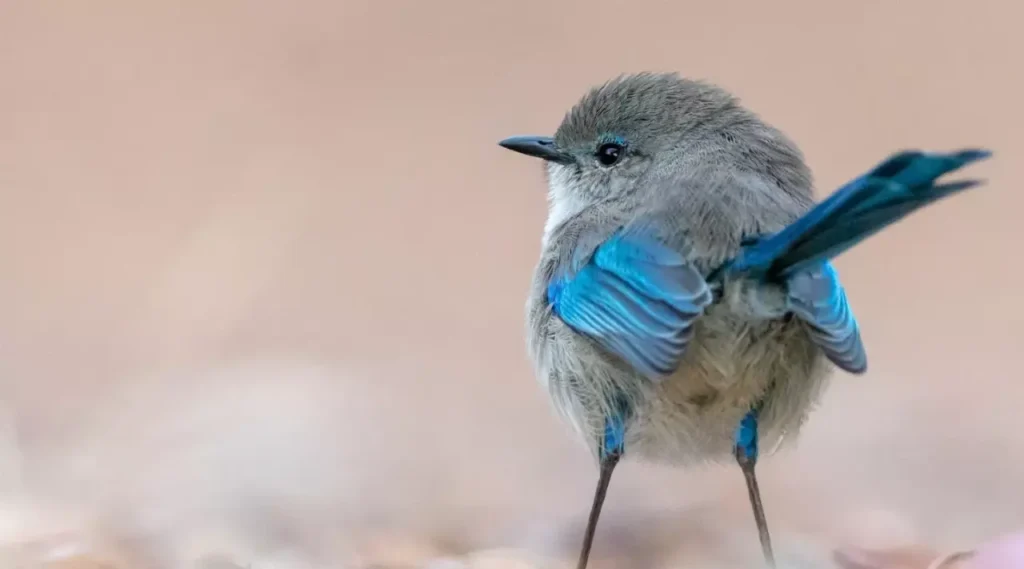
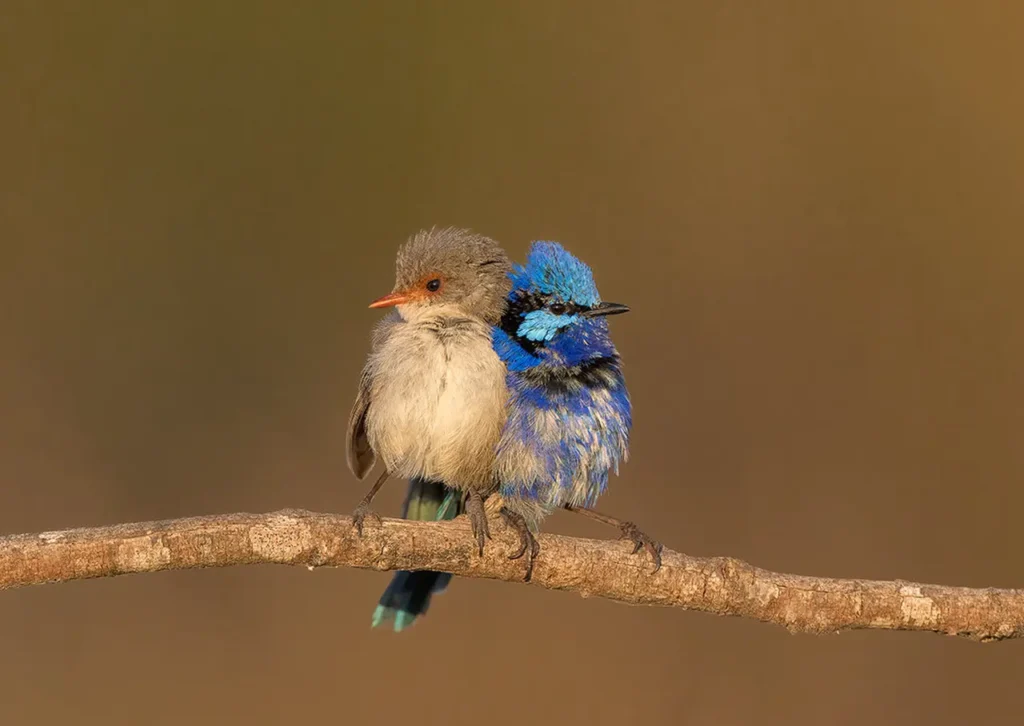
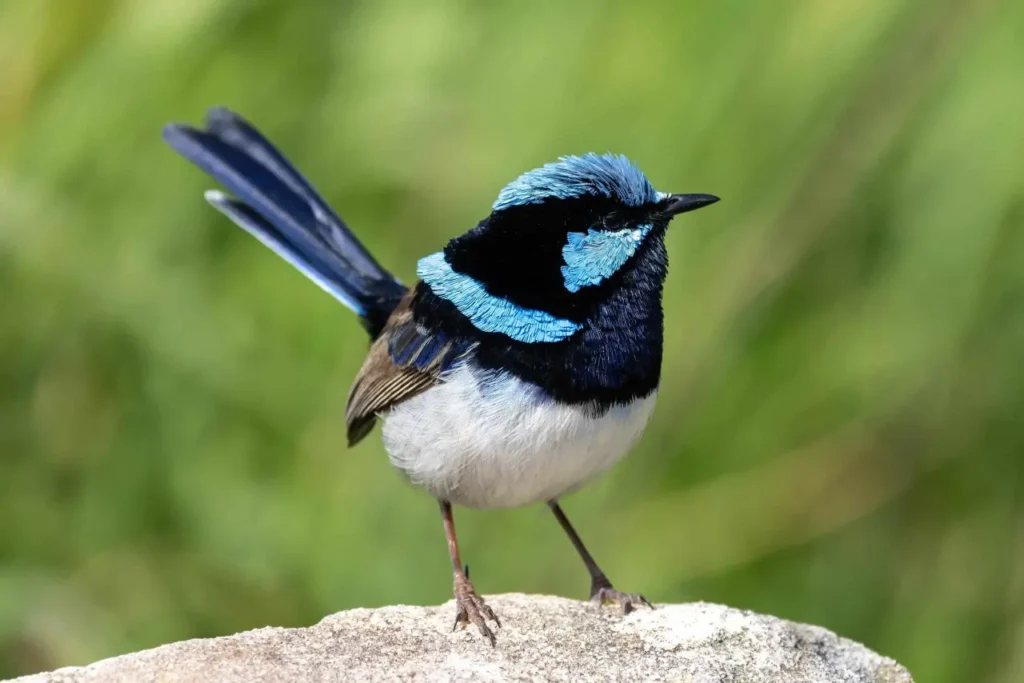
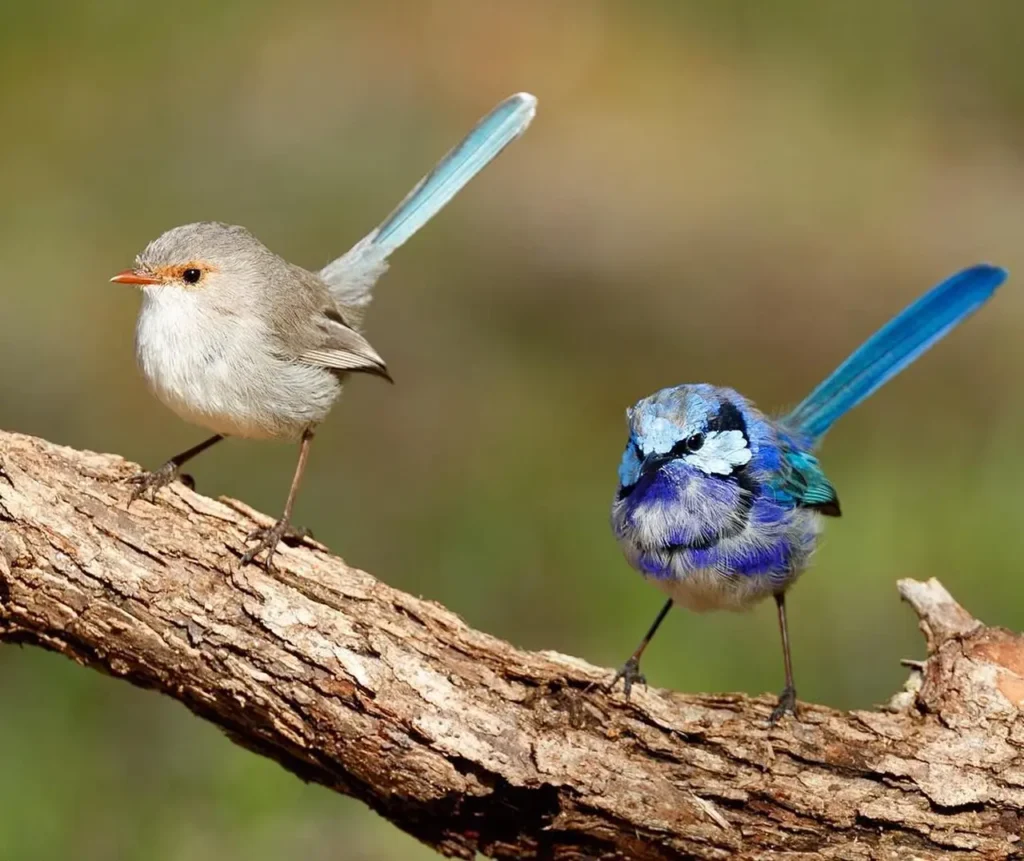
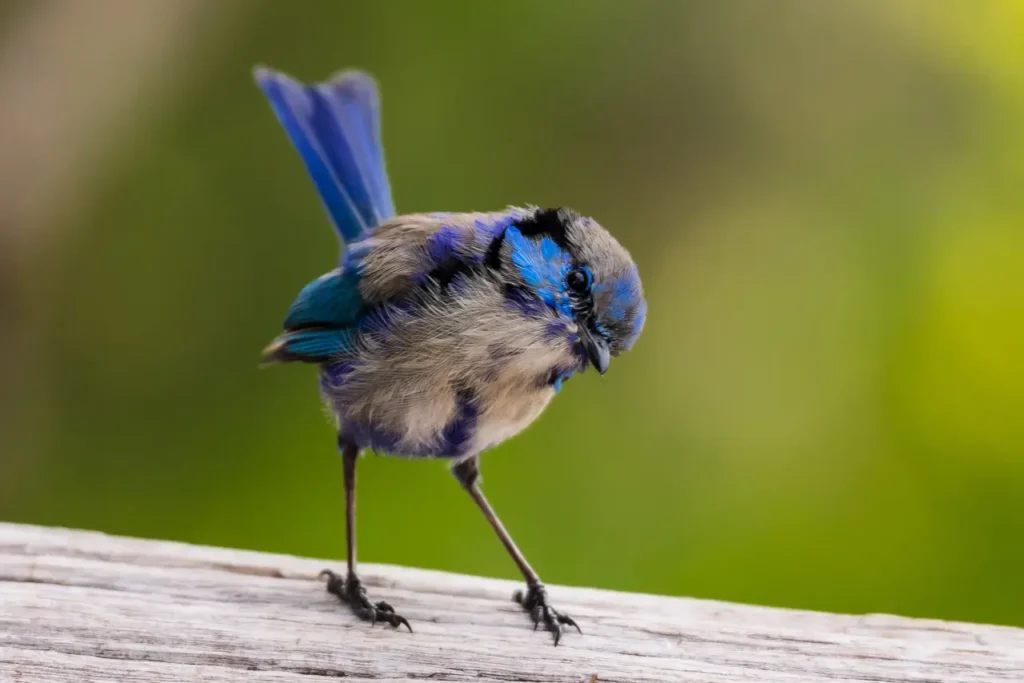
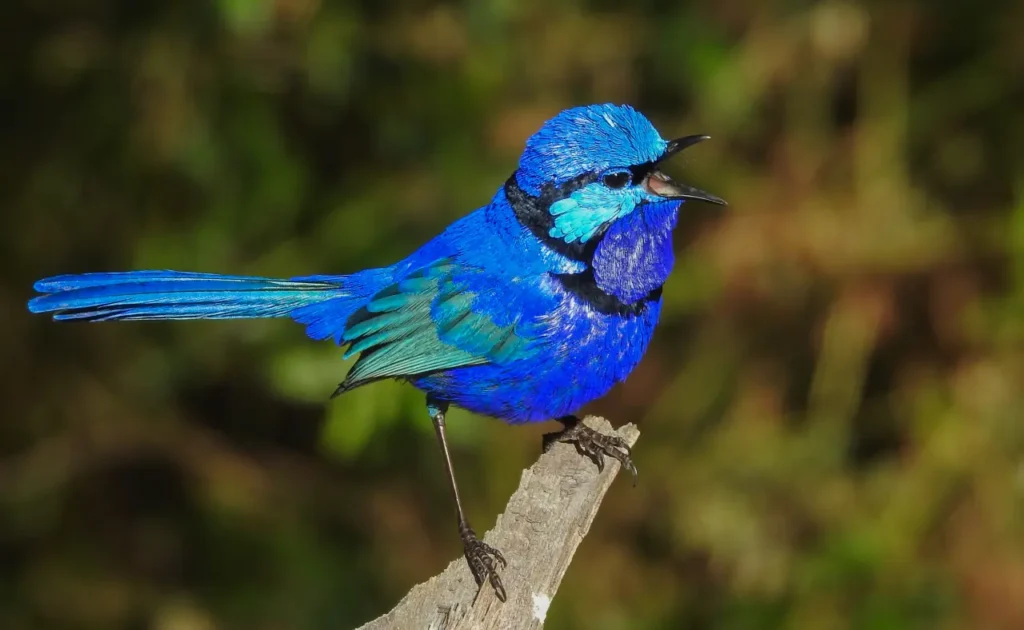
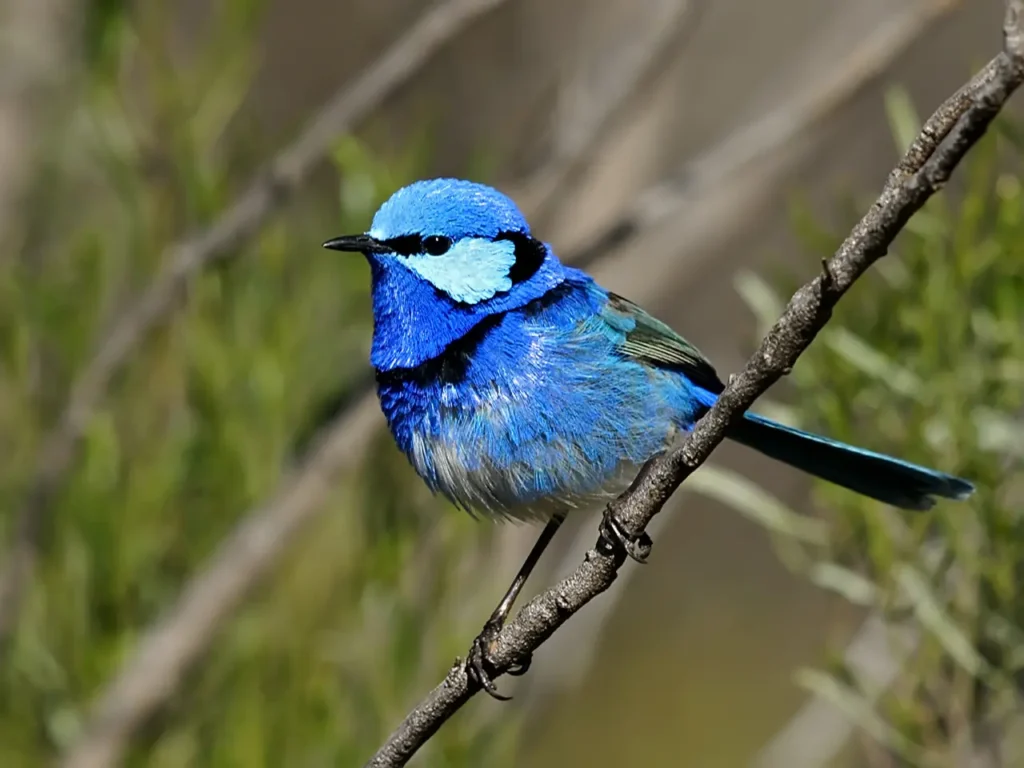
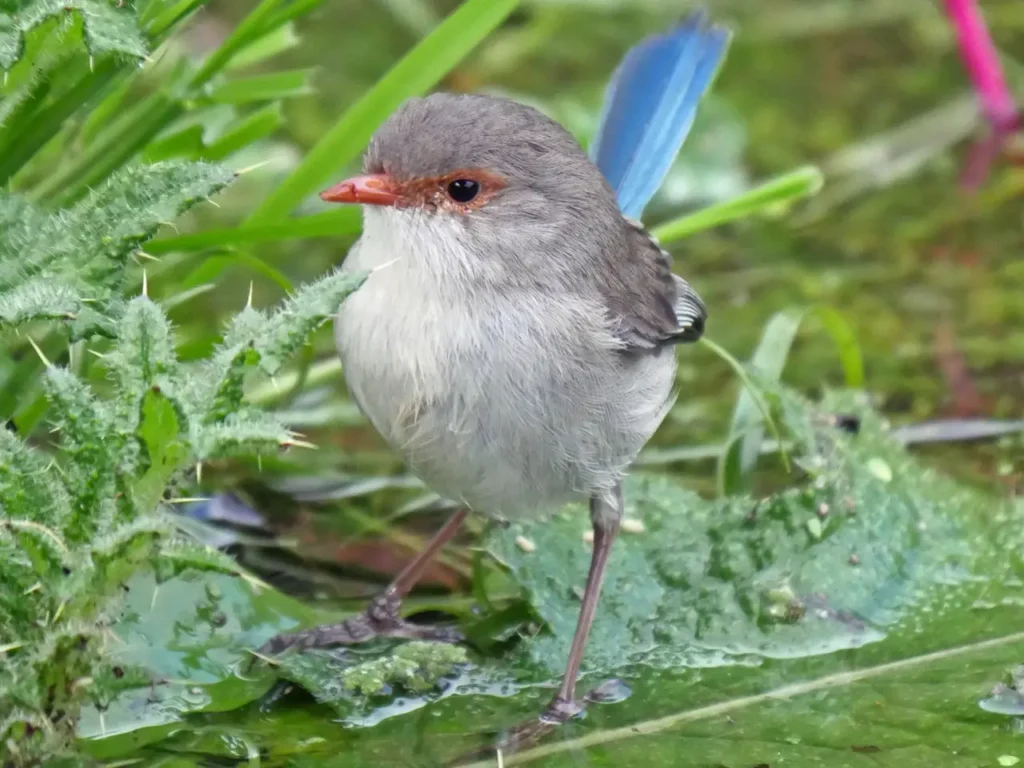
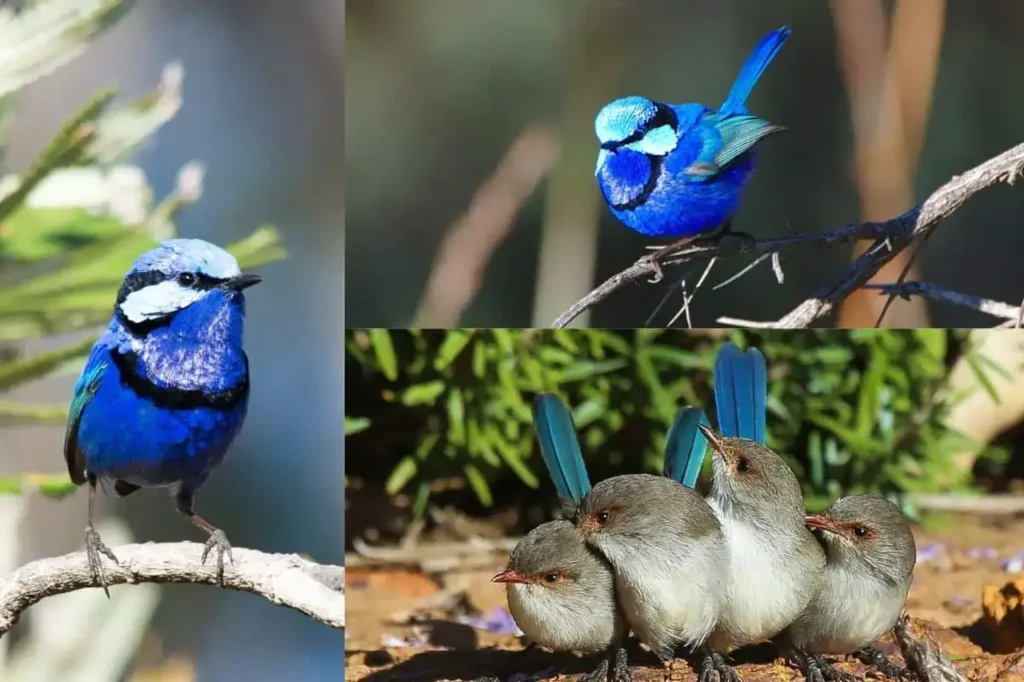
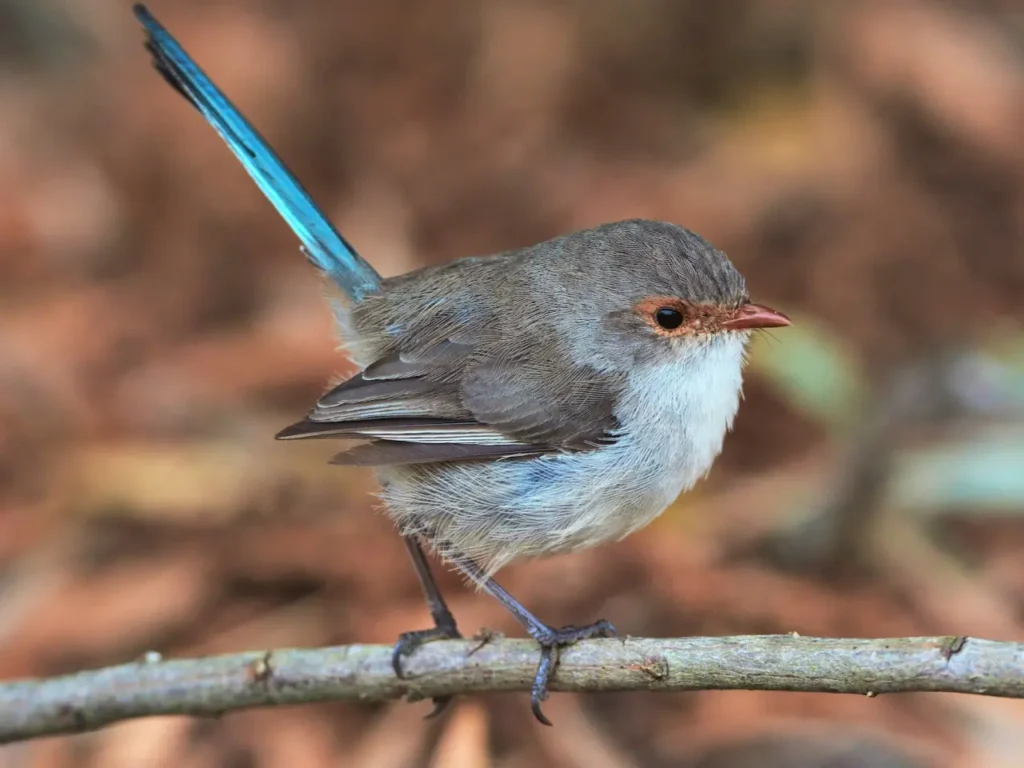
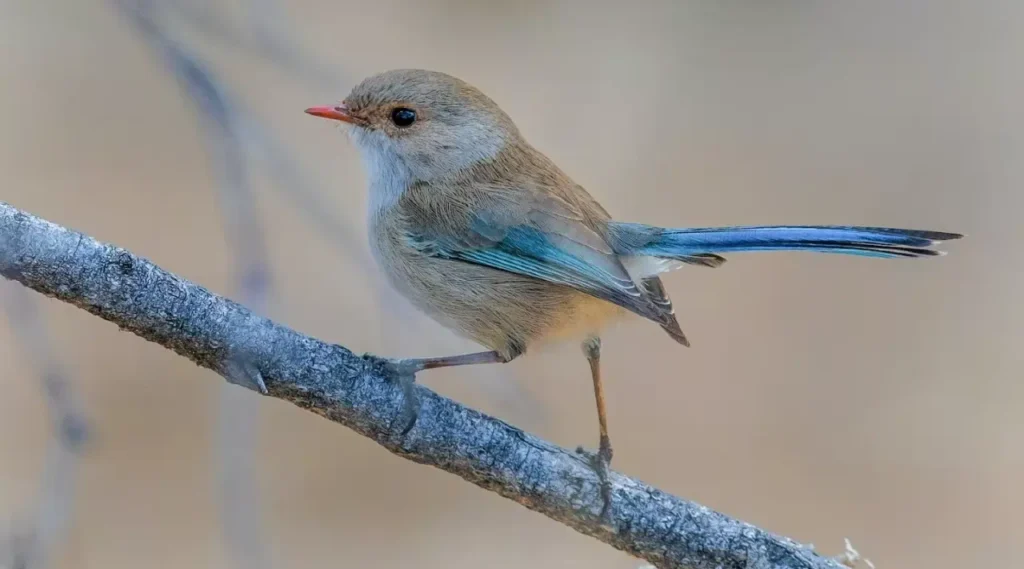
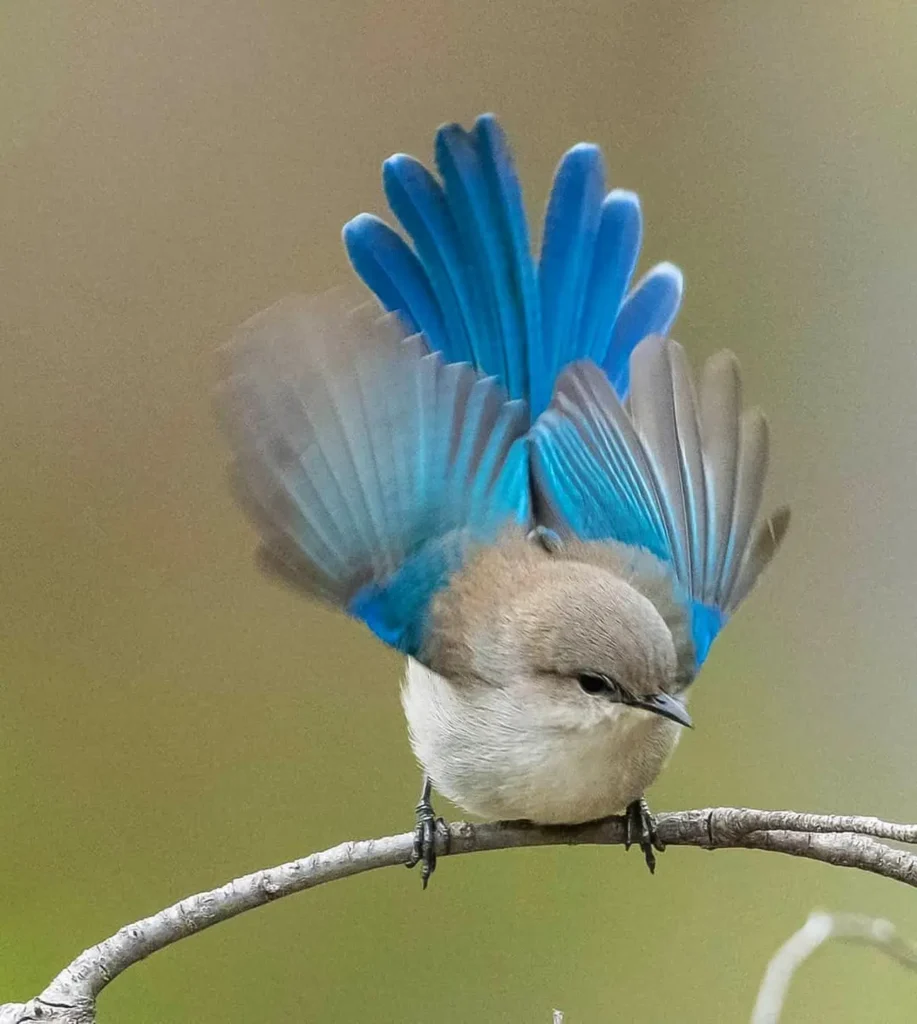
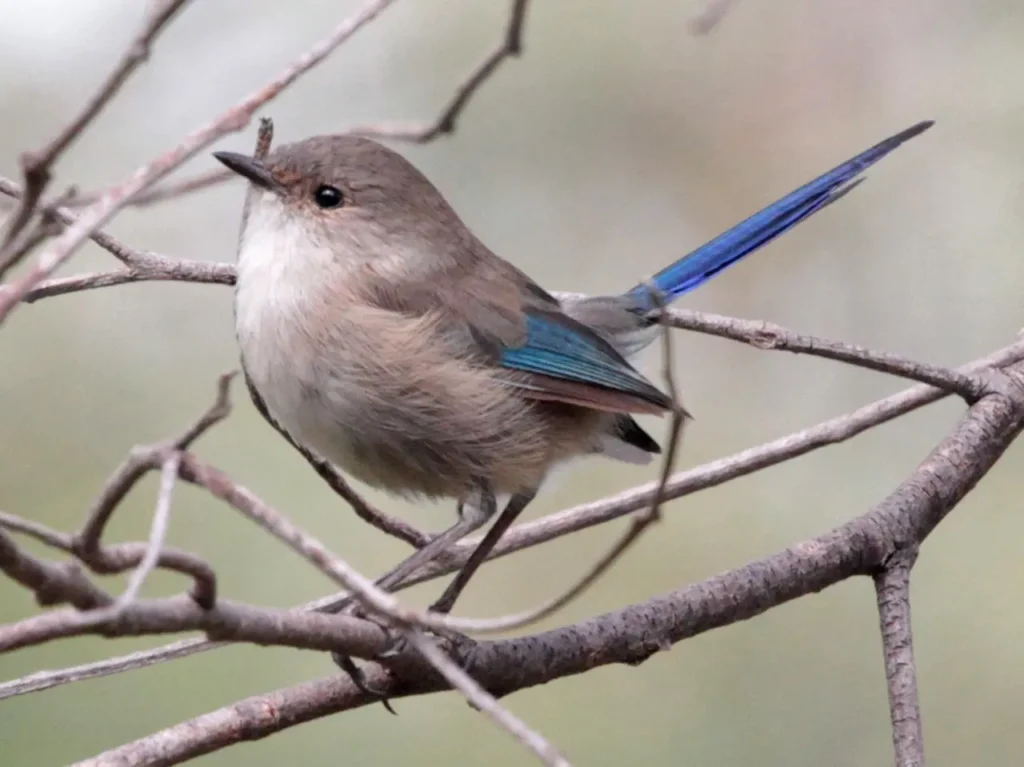
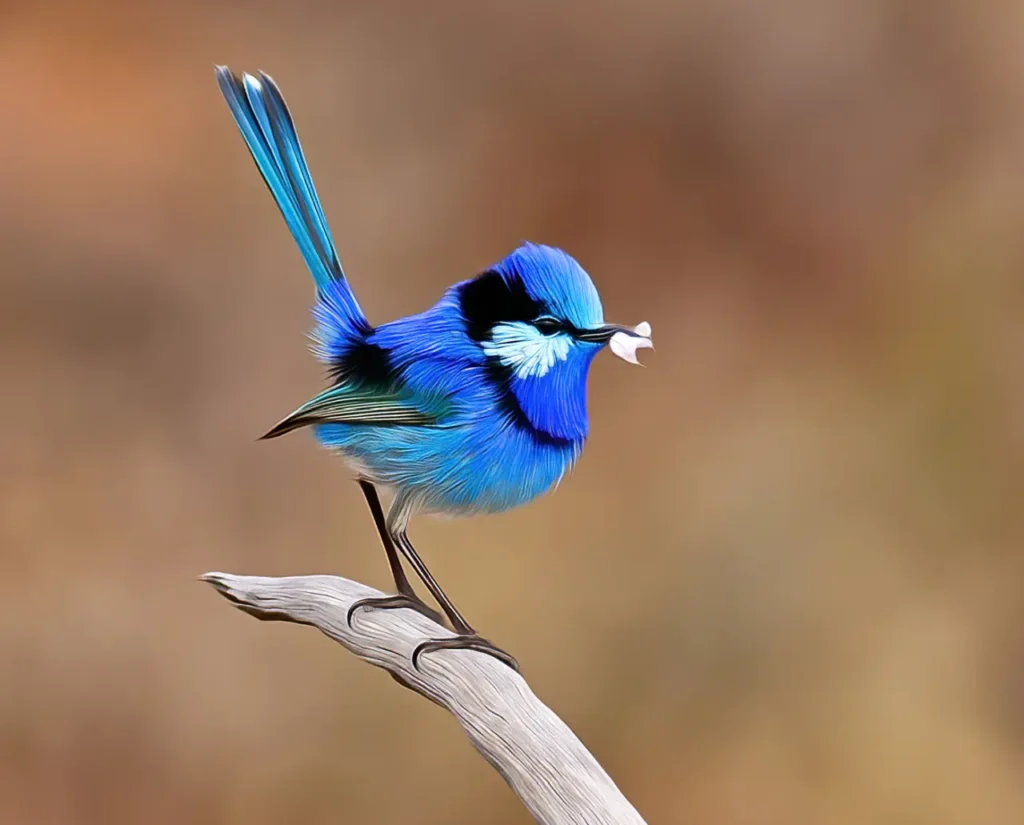
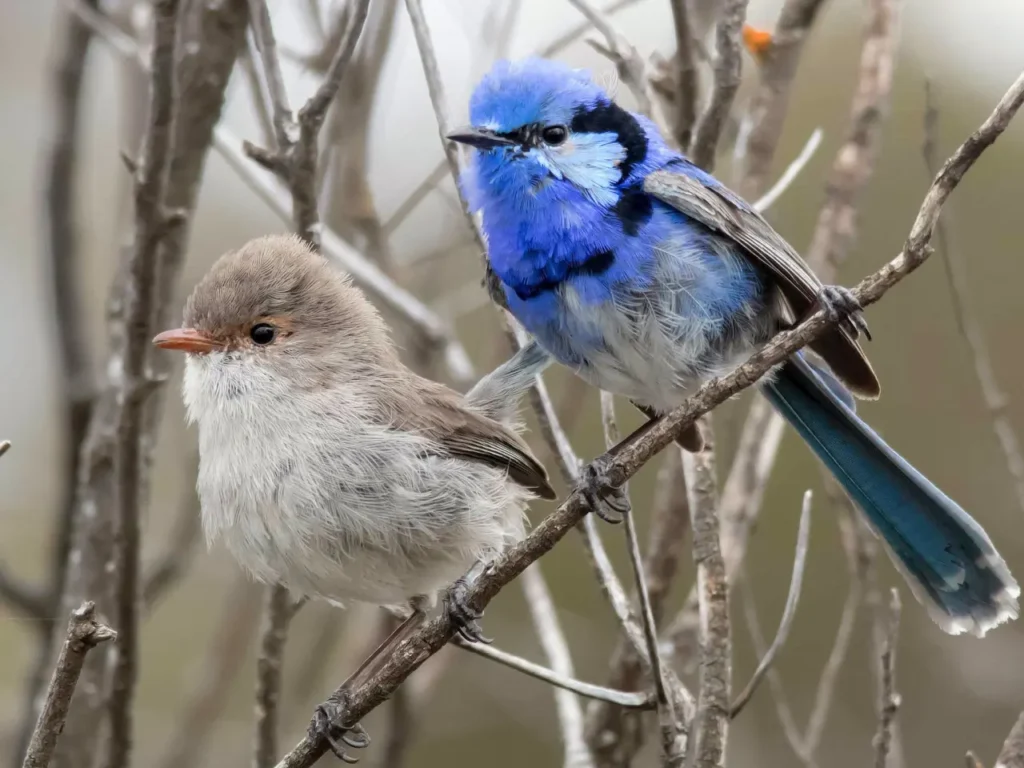
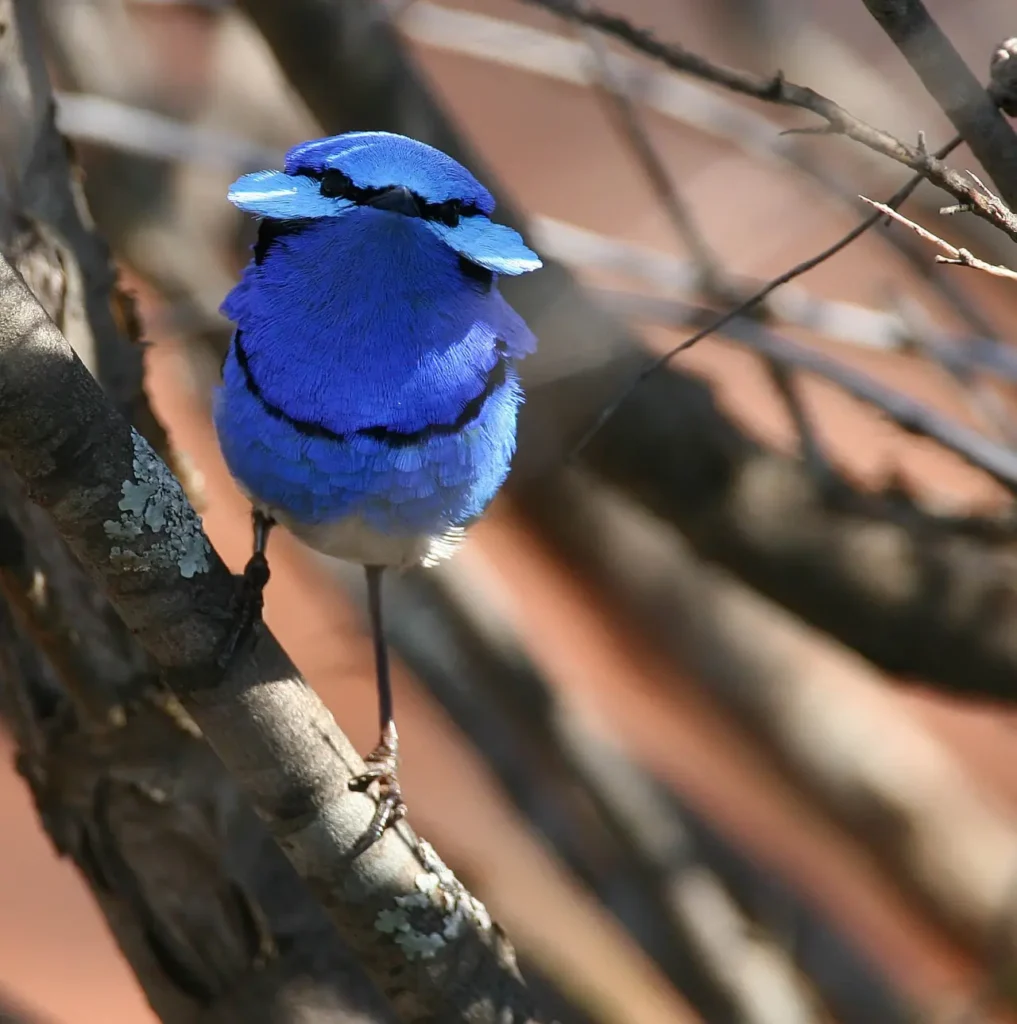
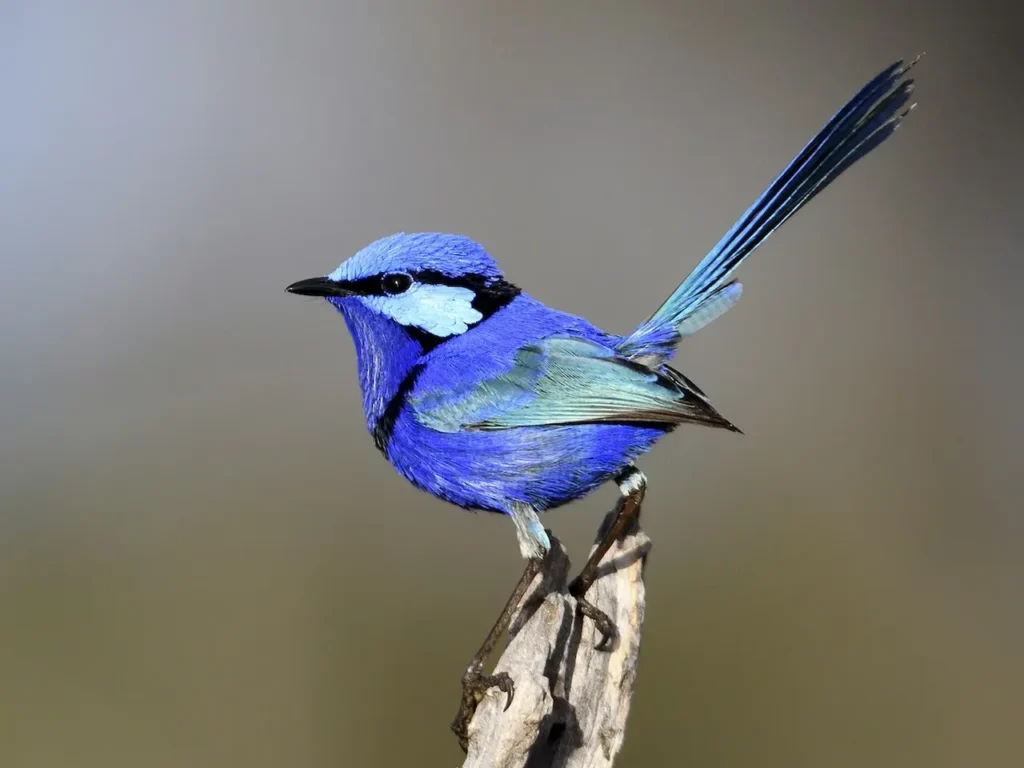
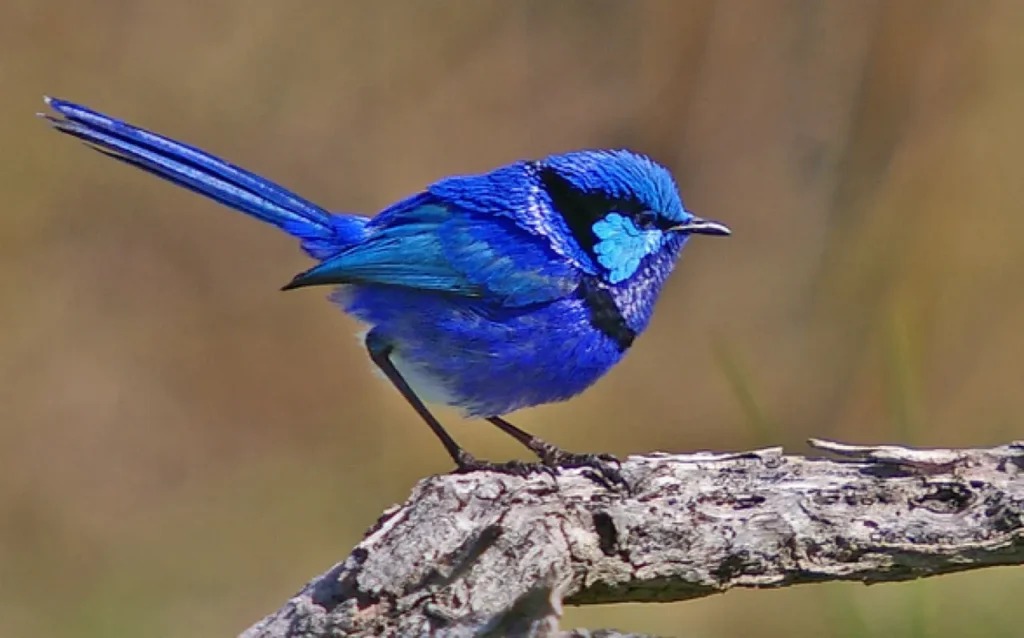
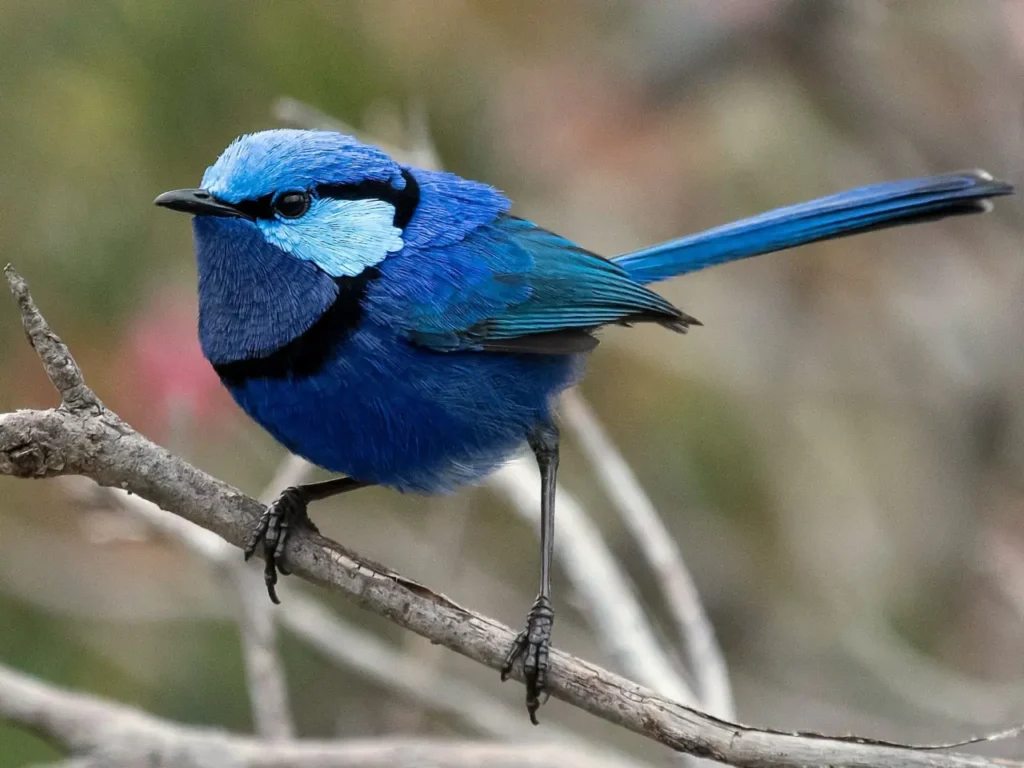
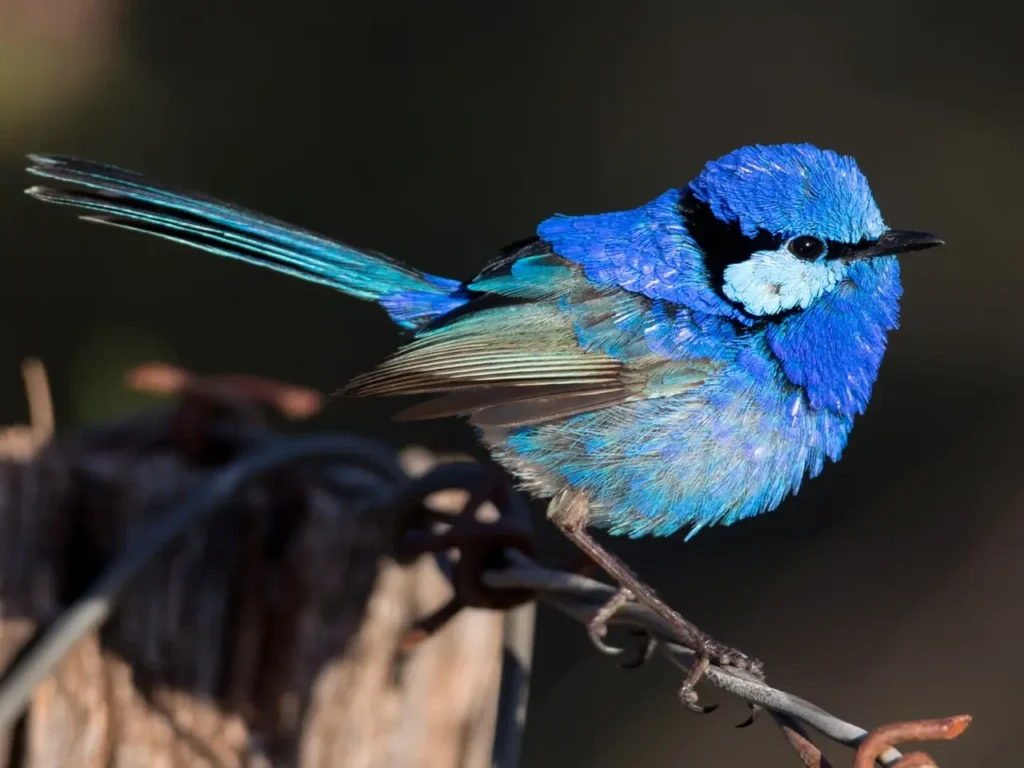
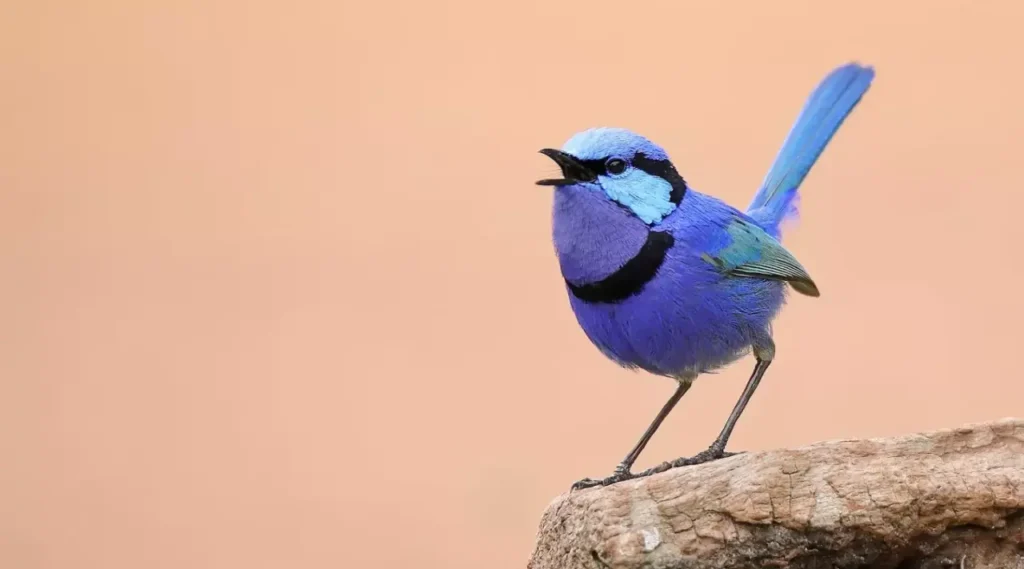
Appearance and Plumage
The Splendid Fairy Wren is a small bird, with males and females displaying distinct plumage. Male Splendid Fairy Wrens are adorned with vibrant blue feathers on their head, back, and tail, which create a dazzling contrast against their black throat and wings. During the breeding season, males develop an iridescent blue-violet crown that intensifies their captivating appearance. In contrast, female and non-breeding males have a more subdued appearance, featuring brownish-gray feathers with hints of blue on their wings and tail.
Habitat and Distribution
Splendid Fairy Wrens are predominantly found in the eastern and southern regions of Australia. They inhabit a variety of habitats, including open woodlands, shrublands, and grassy areas with dense vegetation. These colorful birds rely on a mixture of dense undergrowth and open spaces for foraging and nesting. They are often observed near water sources, such as streams or wetlands, where they find an abundance of food and suitable nesting sites.
Behavior and Social Structure
One of the most captivating aspects of the Splendid Fairy Wren is its social behavior. These birds live in communal groups consisting of one dominant breeding male, several females, and subordinate males. The dominant male is responsible for defending the group’s territory and mating with the females, while the subordinate males assist in protecting the territory and caring for the young. This cooperative breeding system is a remarkable adaptation and ensures the survival and success of the group.
Feeding Habits
Splendid Fairy Wrens primarily feed on insects and other small invertebrates. They forage close to the ground, darting between vegetation to catch prey. They have a diverse diet that includes spiders, ants, beetles, grasshoppers, and caterpillars. In addition to insects, they also consume seeds and occasionally indulge in nectar from flowering plants.
Breeding and Nesting
During the breeding season, which typically occurs from August to February, male Splendid Fairy Wrens transform their appearance to attract females. They exhibit vibrant blue plumage and engage in elaborate courtship displays, hopping, singing, and fluttering their wings to showcase their beauty. Once a pair mates, the female builds a small, domed nest made of grass, bark, and spiderwebs hidden in dense vegetation. She lays a clutch of 2 to 4 eggs, which are incubated by both parents. After hatching, the chicks are fed a diet of insects until they fledge and become independent.
Conservation and Threats
The Splendid Fairy Wren is not currently listed as globally threatened, but habitat loss and fragmentation remain significant challenges. Land clearing, urbanization, and the spread of invasive species pose threats to their populations. Conservation efforts aimed at preserving and restoring suitable habitats, promoting responsible land management practices, and raising awareness about the importance of protecting this unique species are crucial for its long-term survival.
The Splendid Fairy Wren’s vibrant plumage and fascinating behaviors make it a cherished resident of the Australian avian realm. Its striking appearance and social dynamics are a testament to the beauty and complexity of nature. By appreciating and conserving the habitats that support the Splendid Fairy Wren, we can ensure the continued existence of this jewel-like bird, delighting future generations with its captivating presence and contributing to the rich biodiversity of Australia’s ecosystems.